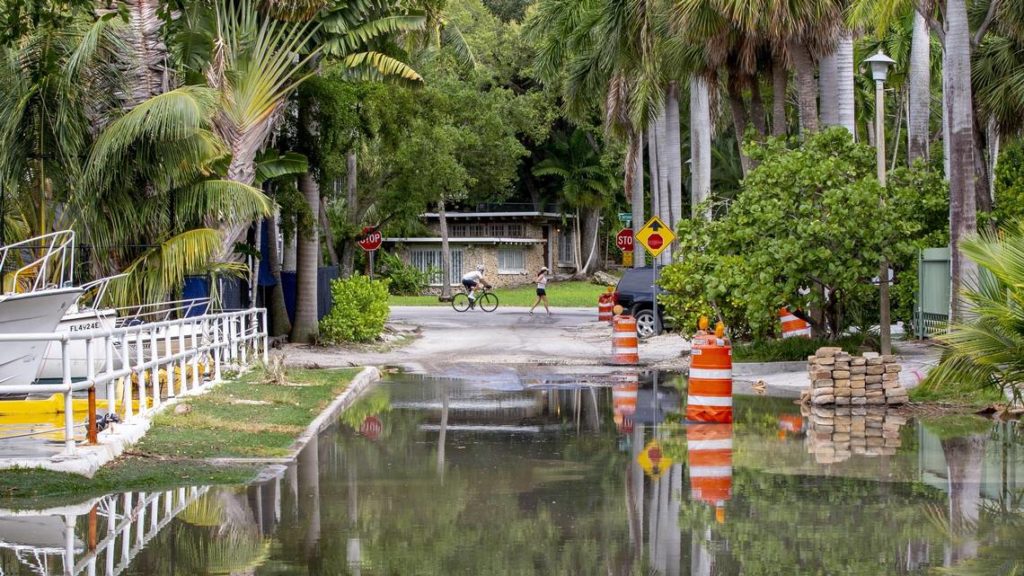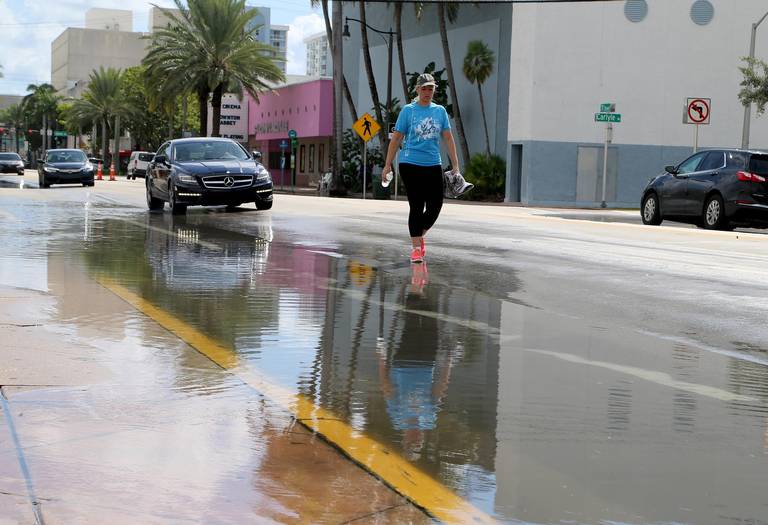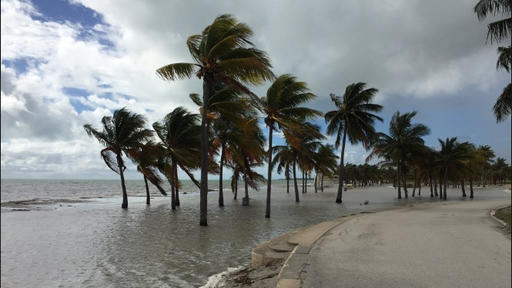The highest tides of the year, known as king tides, are here again to flood roads, parks and the occasional home or business.
WRITTEN CONTENT BY ALEX HARRIS VIA MIAMI HERALD
This year, in addition to the army of flood pumps coastal cities deploy to keep streets dry, the city of Miami is hoping that its residents will monitor the floods and report what they see. It’s part of a new partnership designed to fill in the gaps computer models can’t.
“We always say humans are the best sensors,” said Claudia Sebastiani, the Miami community manager with ISeeChange, a New Orleans-based firm that gathers resident-reported changes in their neighborhood — like flood hot spots — to help cities decide where to invest in flood protection.

King tides began in September, and some of the initial posts on the app show the now-familiar sight of deep puddles around storm drains and parking lots. This batch of high tides runs from October 14 to the 21, according to NOAA calculations. Tides have crept up higher and higher before peaking during Friday’s morning high tide and slowly shrinking.
“Tides are currently running .6 ft above NOAA predicted peaks, which (if that stays consistent) should result in a maximum king tide around 1.7 FT NAVD,” Alan Dodd, Miami’s chief resilience officer, wrote in an email.

These annual tides are naturally high thanks to the influence of the moon and the Gulf Stream, but sea level rise has turned them into the most visible symptom of climate change. The high tides are growing higher as oceans grow warmer. A recently released report showed that the king tides of 2020 in Miami-Dade could be the equivalent of the daily high tide by 2040.
King tides give cities a chance to see how their drainage systems will fare under the higher tides of the future, and to test run the expensive new upgrades they’ve made.
To learn more about king tides watch here:
Follow other unbiased severe weather, travel, and human interest stories from News Without Politics




